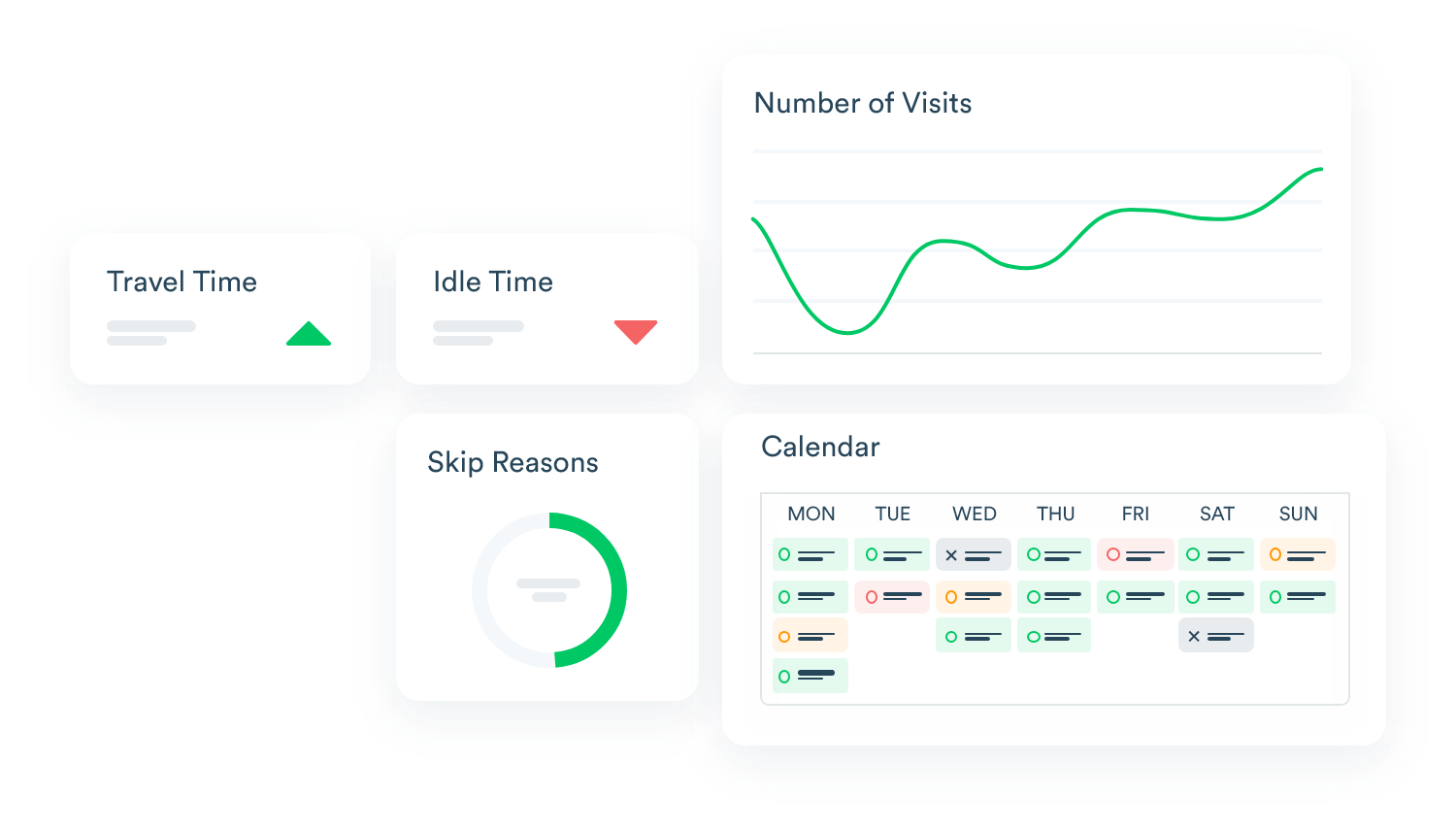Asset Tracking and Optimization: How to Keep Track of Your Merchandise in the Market
Asset tracking and optimization have emerged as critical components for businesses aiming to maintain efficiency when it comes to merchandise management and competitiveness in today’s fast-paced and highly competitive markets.
Across various roles at different levels and departments of an organization, professionals recognize the need for solid systems that can monitor and manage inventory effectively.
In this blog post, we’ll explore the significance of asset tracking and optimization, highlighting how it can transform and benefit business operations.
The Role of Asset Tracking in Enhancing Supply Chain Efficiency
Asset tracking enhances supply chain efficiency by providing accurate real-time visibility into the location and status of the merchandise flowing in the market. This technology enables companies to monitor assets throughout the supply chain – even those in retailers’ storage and inventories – thus reducing delays, preventing wastage and losses, and ensuring timely deliveries. Among the benefits associated with this, it is important to mention that a team can understand where their assets are at virtually any moment and can ensure their merchandise is reaching its destination on time whether for regular orders or crucial promotion campaigns. It also helps minimize inventory errors when it comes to count and order fulfillment. By integrating retail stock trackers and inventory management systems, businesses can streamline their operations, optimize their forecasting and production and mitigate risks associated with stockouts or overstocking.
Optimizing Merchandising Strategies with Asset Tracking Technology
Merchandising managers and sales directors can leverage asset tracking technology to optimize their merchandising strategies and the performance of their teams. By analyzing data collected from tracking systems, businesses can make informed decisions about product placements, promotional activities, and stock levels. This technology supports retail execution by providing insights into consumer behavior, helping brands position their products more effectively in the market.
Strategic Advantages:
- Data-driven Decisions: Use tracking data to tailor merchandising strategies.
- Improved Consumer Insights: Understand customer preferences and trends.
- Enhanced Product Placement: Optimize product positioning to drive sales.
The Impact of Asset Tracking on Sales and Revenue Growth
Asset tracking doesn’t just improve operational efficiency—it also has a direct impact on sales and revenue growth. By maintaining optimal inventory levels and ensuring product availability, businesses can boost customer satisfaction and loyalty and drive repeat purchases. Additionally, the ability to quickly identify and address issues in the supply chain can prevent losses and maximize profitability. The financial benefits are obvious when we count:
- Increased sales due to a reduction of lost opportunities when products are always available when and where customers need them.
- Cost saving and loss minimization by reducing expiries, theft, damage or misplacements.
- Revenue growth through inventory level optimization with accurate forecasting to meet demand without overstocking.
Like what your reading?
Take a moment to subscribe before continuing and never miss out on exclusive insights, news, and case studies.
Challenges and Solutions in Implementing Asset Tracking Systems
While the benefits of asset tracking are clear, implementing these systems can present challenges. Common obstacles include
- High initial costs: as investing in advanced tracking and consolidating technology requires a budget.
- Integration issues and complexities: some technologies might have lots of requirements to ensure compatibility with existing systems.
- User resistance to change: teams can be reluctant to adopt new and complex technologies or might need extensive training.
These challenges, as valid as they are, can be overcome with careful planning and the right approach. A cost-benefit analysis can demonstrate the long-term ROI of asset tracking solutions. Phased implementations can gradually integrate tracking systems to minimize disruption and smoothly apply changes. Finally educating staff on the benefits of new technologies and continuously training them can improve their receptiveness to a new system.
of retailer's inventory records are inaccurate
Best Practices for Effective Asset Tracking and Optimization
To fully leverage asset tracking, businesses should adhere to best practices that promote effective implementation and utilization. These include selecting appropriate technology, ensuring data accuracy, consolidating assets, and continuously monitoring and optimizing the system.
Best Practices:
- Technology Selection: Choose systems that fit your business needs.
- Data Accuracy: Regularly update and verify tracking data.
- Consolidation: Streamline asset management by grouping similar assets to enhance tracking efficiency.
- Continuous Improvement: Monitor performance and make necessary adjustments.
Future Trends in Asset Tracking Technology
The field of asset tracking is in a state of dynamic evolution, continually shaped by the introduction of groundbreaking technologies and trends that significantly enhance operational efficiency and effectiveness. As businesses strive to optimize their asset management processes, innovations such as the Internet of Things (IoT), Artificial Intelligence (AI), and blockchain technology are poised to revolutionize the landscape of asset tracking, offering unparalleled levels of accuracy, security, and real-time insights.
Emerging Trends:
- IoT Integration: The integration of IoT devices into asset tracking systems allows for seamless connectivity and real-time monitoring of assets. By deploying sensors and GPS technology, organizations can gain instant visibility into the location and condition of their assets, enabling proactive management and reducing the risk of loss or theft. This connectivity fosters a more responsive and agile approach to asset management.
- AI and Machine Learning: Leveraging AI and machine learning algorithms can empower businesses to analyze vast amounts of data collected from asset tracking systems. AI can predict trends, identify patterns, and provide actionable insights, allowing organizations to optimize inventory levels, streamline supply chains, and enhance decision-making processes. This predictive capability not only saves time and resources but also minimizes operational disruptions.
- Blockchain Security: As data security becomes increasingly critical, blockchain technology emerges as a powerful solution for asset tracking. By creating a decentralized and immutable ledger, blockchain enhances data integrity and transparency, ensuring that asset movements are accurately recorded and traceable. This technology mitigates the risk of fraud and unauthorized access, providing stakeholders with increased confidence in the accuracy of asset information.
As we look to the future, the convergence of these technologies promises to redefine asset tracking, enabling organizations to achieve greater operational efficiency and maintain a competitive edge in an ever-evolving marketplace. Embracing these trends will be essential for businesses aiming to thrive in the complex landscape of asset management.
Conclusion
Asset tracking and optimization are essential for businesses aiming to stay ahead in today’s competitive market. By implementing effective tracking systems, companies can enhance supply chain efficiency, optimize merchandising strategies, and drive sales and revenue growth. Staying informed about future trends and best practices ensures that your business remains agile and responsive to market demands. By following these steps, a company will be well-equipped to implement and optimize asset tracking systems, and reap the many benefits they offer.
Ready to transform your asset tracking processes? Book a demo to learn more about how our solutions can help you stay ahead of the competition.



